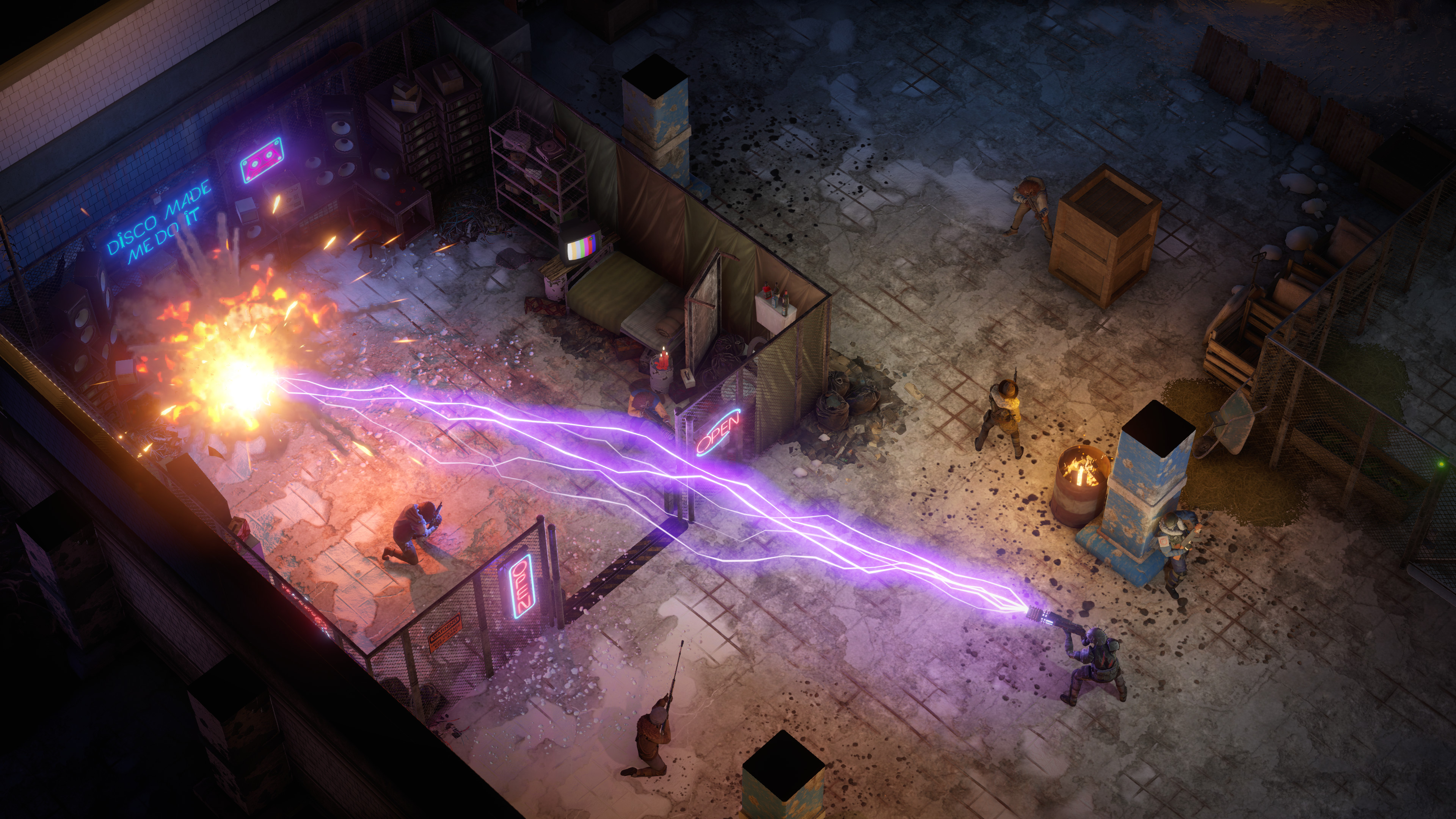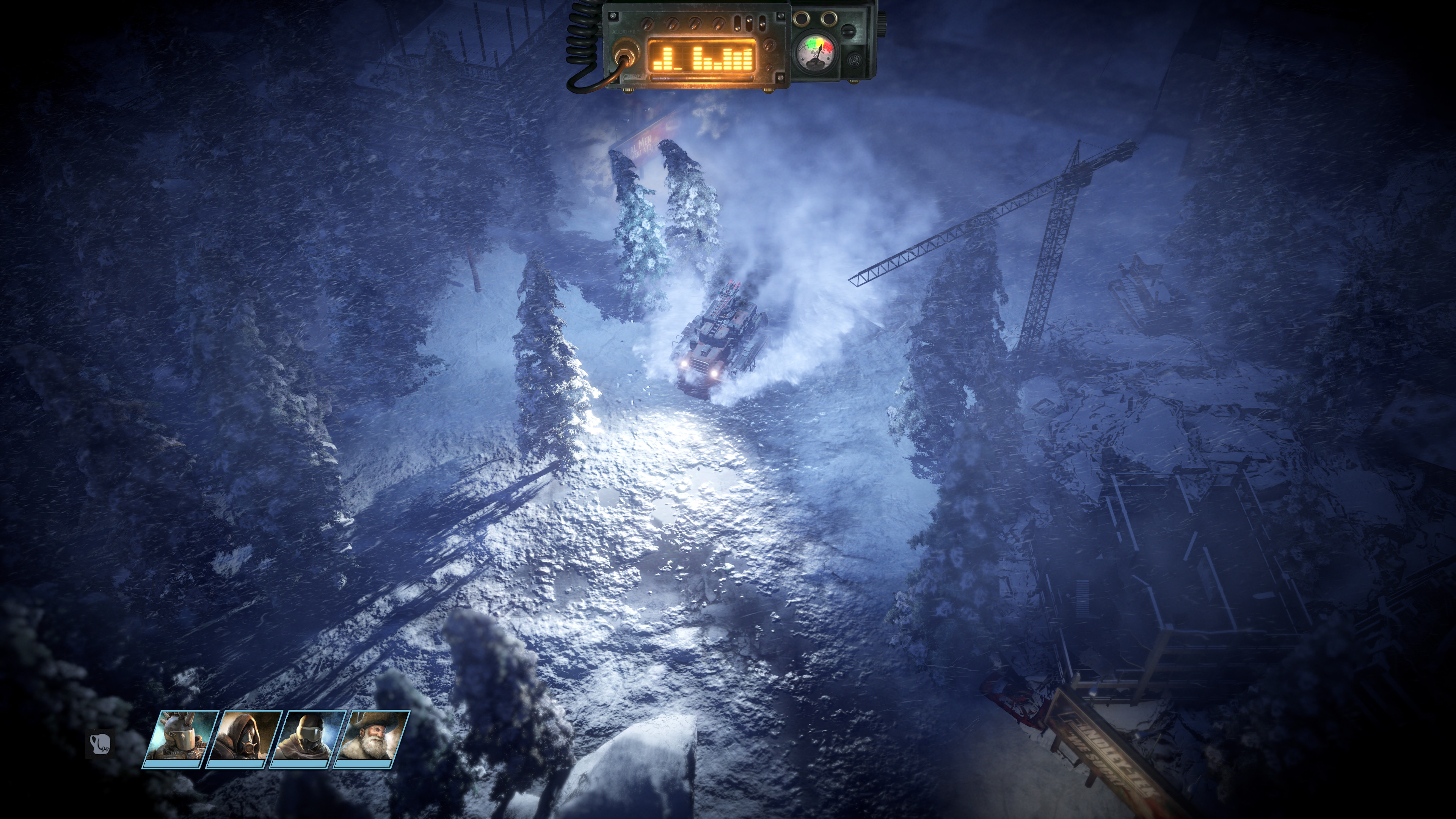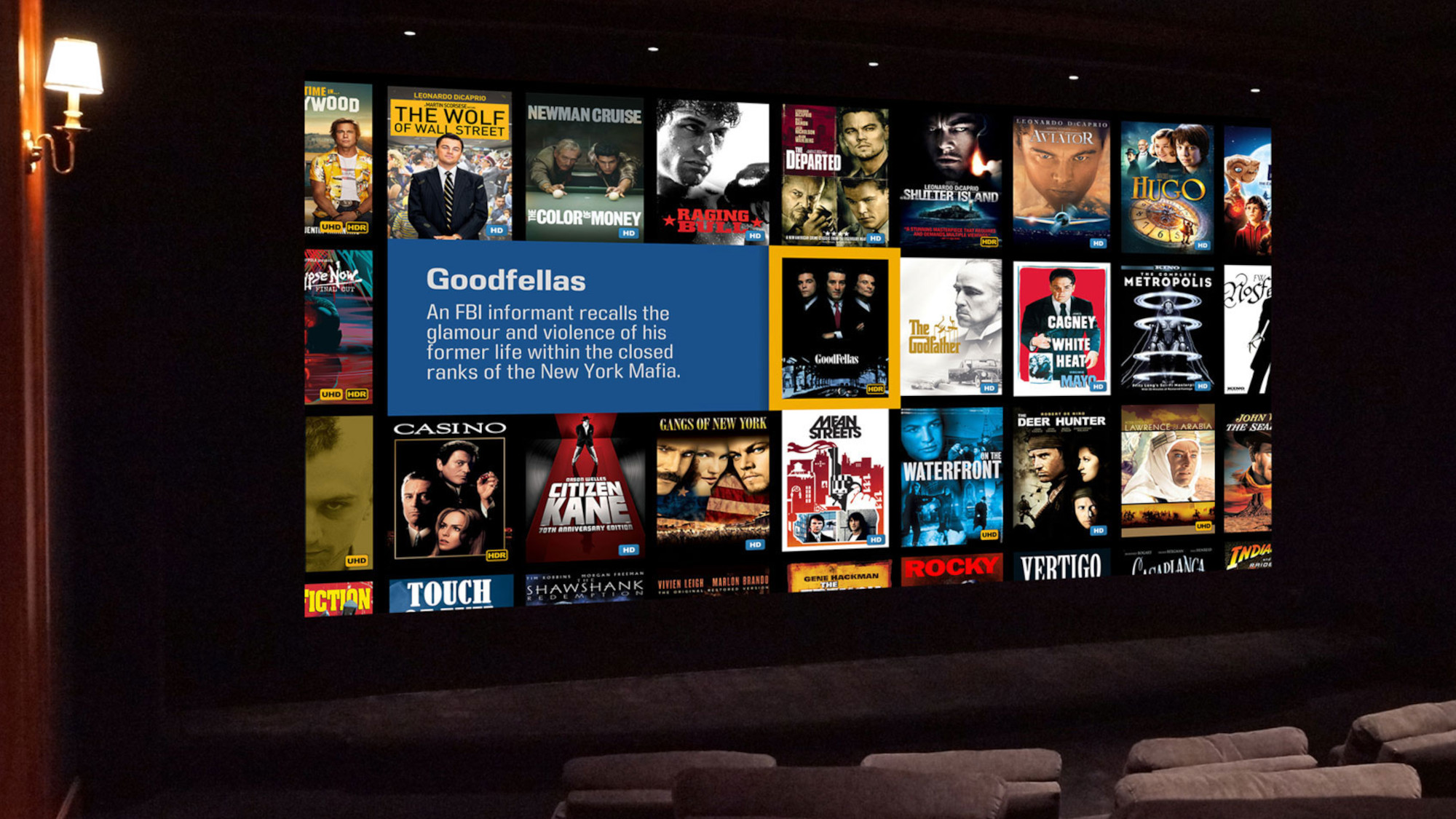Wasteland 3 is a Fallout-style RPG that supports your terrible decisions
Wasteland 3 offers tons of choices in combat and conversation

BOSTON – At the end of my Wasteland 3 demo, I did something unbelievably dumb. The developers told me that the residents of my home base would hate me for it, and that thousands of lines of dialogue would change as a result. But, damn it all, I really wanted the psychotic warlord with purple hair as a party member. And, in my defense, the game offered me that choice.
I played through a combat demo of Wasteland 3 at PAX East 2020, and I was impressed with the amount of options I had at my disposal, both while fighting and conversing. For those who haven't played the first two games, Wasteland is an isometric RPG set in a postapocalyptic United States. It's got a twisted sense of humor, but also provides some salient commentary on what humanity might be like after centralized civilization collapses.
- Play the best PC games
- PS5: Release date, price, specs, games and more
- New report shows how Sony can overtake Xbox Series X
If you're thinking that this sounds a lot like Fallout, you're correct. Wasteland inspired the first two Fallout games, which later inspired Wasteland 2 and Wasteland 3. It's a virtuous cycle.

Wasteland 3 combat
The majority of the demo was about exploration and combat. I took control of a Desert Ranger and his three party members as they infiltrated a compound to rescue a group of rangers kidnapped by the malicious Vic Buchanan: son of the villainous Patriarch. This game takes place in the snowy environs of Colorado: a far cry from the deserts of Nevada and Arizona in the first two games. As the demo began, I drove a tank up to the outskirts of the enemy base through a pristine, snowy mountain range — not quite the arid nuclear wasteland I had been expecting.
Vic had set up garrisons of human soldiers and robotic turrets to guard his compound, and I had a choice on how to make my way past them. When I walked in through the front gate and saw a huge blood spatter on the main path, I decided that this probably wasn't the right way to go. Instead, I sneaked around the back and found a much more lightly guarded stretch of territory. As I traversed the stronghold, I found that there were a lot of corridors, pathways and hiding places to avoid enemy detection, so going in guns blazing was not the only solution. I'm not sure if it's possible to sneak through the entire compound, but it seemed like stealthy players could at least give it a try.
While exploration takes place in real time, turn-based combat begins once an enemy comes within range. From here, gameplay proceeds a lot like older Fallout games, or X-COM. You can move around the battlefield, picking out advantageous positions behind cover, then attack enemies with a variety of guns and special abilities. Depending on how far away you are, you'll get different percentage chances to hit enemies. Combat, then, is an agreeable mix of moving around the battlefield, shooting at foes and employing special skills (such as healing wounds or automatically attacking enemies each time they move out of cover) to win.
The first few instances of combat were all fairly simple, as my four-man squad usually outnumbered the enemy forces. It was fun to position the different characters, some of which who excelled at close-range with shotguns, and others from a distance with automatic weapons. Things got considerably more difficult, though, when I didn't do proper reconnaissance and stumbled into the middle of a battlefield that was swarming with enemy soldiers and turrets.
One of the enemies fired at my healer, who had unwisely taken up a position behind some explosive barrels. The shot wound up blowing up about half of the battlefield, harming both my party and the enemy forces. I triumphed, but it was a close fight — only two party members made it without getting knocked out, and those who went down had lasting wounds that would hamper their effectiveness in battle for the next few encounters.

Wasteland 3 dialogue
Luckily, this huge battalion had guarded the entry to Vic's compound, and I was confident that I could take on a single psychopath. I finally met Vic face-to-face and got a good look at him: a haggard young man with a twitchy demeanor and a mane of shaggy purple hair. It was clear right away that Vic was not entirely sane, as he kept addressing all of his queries to an imaginary companion named Clarence.
My attempts to intimidate Vic failed (the game has skill checks during dialogue, and they're not guaranteed to succeed), so I was left with three choices: arrest him, kill him, or ask him to join my party. The first choice was the most logical one, although the second one would have been a simple, definitive solution to the problem.
Instead, I asked Vic to join my band — a decision that, the devs assured me, would make everyone back in my home base question my judgment and my sanity. But Vic was clearly a charismatic leader of some kind, and his connections to the Patriarch would probably come in handy sooner or later. This is apparently not the only opportunity in the game to take a controversial figure under your wing, and many characters in the game will react accordingly.
Wasteland 3 will be out on May 19 for PC, and will cost $60. If you like RPGs with polished combat systems and plenty of interesting choices to screw up, it seems like a solid bet. If I play through the whole game, though, I'm inclined to take Vic in my party again, if only to see the looks on everyone's faces.
Sign up to get the BEST of Tom's Guide direct to your inbox.
Get instant access to breaking news, the hottest reviews, great deals and helpful tips.
Marshall Honorof is a senior editor for Tom's Guide, overseeing the site's coverage of gaming hardware and software. He comes from a science writing background, having studied paleomammalogy, biological anthropology, and the history of science and technology. After hours, you can find him practicing taekwondo or doing deep dives on classic sci-fi.

